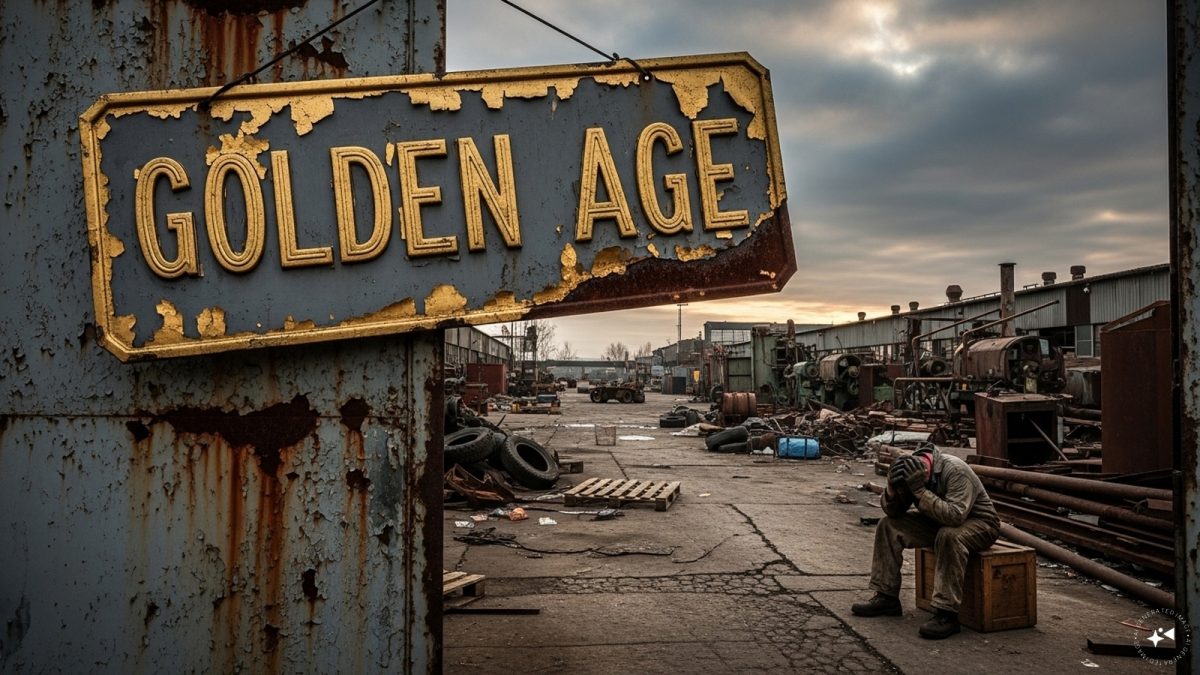Donald Trump entered the White House promising Americans a “golden age” of prosperity built on tariffs, fossil fuels and immigration crackdowns. Instead, the latest data point to a faltering labour market, rising costs and industries once touted as winners now among the hardest hit.
The August jobs report from the Bureau of Labour Statistics offered a stark reality check: employers added just 22,000 jobs, with factories and construction firms cutting workers and the unemployment rate edging up to 4.3%.
Revised figures even showed the economy lost jobs in June for the first time since the pandemic era. Far from roaring back, key sectors such as manufacturing, energy, and construction are shrinking under the weight of tariffs and uncertainty.
Analysts warn the slowdown reflects more than a blip. “Trade policy uncertainty and policy uncertainty in general is causing a pullback in hiring, and it is not clear that it will be resolved anytime soon,” Omair Sharif, an analyst at Inflation Insights told Financial Times.
Democrats seized on the data as proof that Trump’s economic vision has backfired. Senator Maggie Hassan told FT that businesses were “paralysed by uncertainty,” while Senate Minority Leader Chuck Schumer called the figures a “blaring red light warning” that Trump’s tariffs were “squeezing the life out of our economy.”
Inside the administration, officials sought to downplay the weakness. National Economic Council director Kevin Hassett described the report as an “anomaly,” insisting that capital spending remained strong and job growth would rebound. Trump himself argued that higher interest rates were to blame, pointing the finger at Federal Reserve Chair Jerome Powell while suggesting better figures would emerge “a year from now.”
Impact Shorts
More ShortsBut the political damage may already be unfolding. The very constituencies Trump vowed to protect are among the most affected. Since April, manufacturers have shed more than 42,000 jobs, builders have cut 8,000, and mining and logging including oil and natural gas, have lost 12,000 positions despite Trump’s promise that America’s “liquid gold” would enrich the nation.
Meanwhile, Black unemployment has climbed to 7.5%, undercutting Trump’s claim that deporting undocumented workers would safeguard “Black jobs.”
Trump’s rhetoric increasingly clashes with economic realities. At rallies, he promised to halve electricity prices within a year, yet consumer costs have risen by 4.6% so far in 2025. He vowed to “end inflation on day one,” but annual price growth has climbed from 2.3% in April to 2.7% in July. And his April declaration that “jobs and factories will come roaring back” stands in contrast to an economy shedding workers in precisely those sectors.
The White House insists a turnaround is near, pointing to future investments in artificial intelligence and technology infrastructure as engines of job growth. Yet, critics note that Trump’s claims of a coming boom sit uneasily with his repeated allegations that jobs data is manipulated to embarrass him, a charge that led to the firing of the Bureau of Labour Statistics chief last month.
“Either the data are fake or better days are coming, it cannot be both,” said Michael Strain of the American Enterprise Institute. “That contradiction underscores the administration’s growing credibility gap on the economy.”
For Trump, the promise of a new “golden age” risks becoming a political liability, with evidence mounting that tariffs and policy volatility are eroding the very foundation of his economic narrative.
With inputs from agencies


)

)
)
)
)
)
)
)
)



